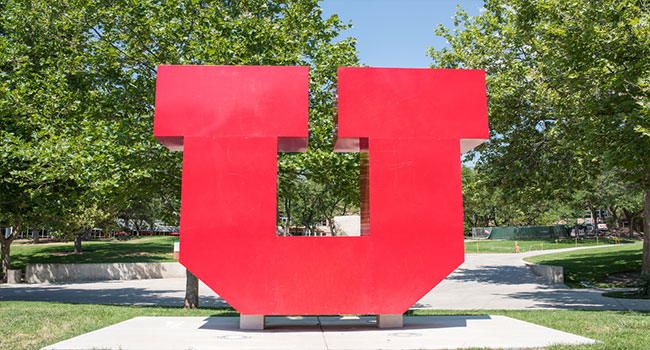
University of Utah to Invest Close to $1 Million in Campus Security Measures
Following the murder of 21-year-old student Lauren McCluskey, a task force convened to issue several recommendations to improve student, staff and faculty safety.
- By Haley Samsel
- August 20, 2019
As part of its response to the murder of student-athlete Lauren McCluskey last October, the University of Utah announced last week that it would invest approximately $925,000 in campus safety improvements that include a new ride service, additional security personnel and technology updates in its buildings.
The university said that the funding accompanies another $6 million being put toward safety expenditures that were adopted in February. A task force convened by the university issued the suggested changes after meeting several times between December and July. Officials say many of the upgrades were already in place before students started classes on Monday.
Some of the major changes include:
- Hiring a chief safety officer, who will oversee the campus police department, the creation of an institutional emergency communication and mass notification committee, and the hiring of additional security officers for campus buildings
- Launching SafeRide, a free ride service that can take students, faculty and staff anywhere on campus at night, including dorms or parking lots
- Upgrading building security through installing beacons with flashing red alarms, emergency loudspeakers and text screens
- Centralizing night classes in specific campus areas and assigning security officers to patrol those areas
- Revising overnight guest policies to require students to register their guests
- Expanding situational awareness/defense training for students, staff and faculty
The upgrades come nearly a year after McCluskey was murdered by a former boyfriend, who killed himself shortly after. McCluskey had reported harassment from the man to campus police and told friends that she feared for her safety because she did not think the police were taking enough action to protect her.
Her mother, Jill McCluskey, said in a statement that while she applauds the investments, the changes would not solve the problems that led to her daughter’s death. Jill and her husband Matt are suing the university for $56 million in damages.
“The University’s principal problem was the lack of response from the campus police to a female student’s multiple requests for help,” Jill McCluskey said. “None of these investments in safety will change the culture. For real change to occur, the University of Utah needs to hold people accountable. They must take responsibility for what happened."
A full list of the university’s most recent campus safety actions can be found here.
About the Author
Haley Samsel is an Associate Content Editor for the Infrastructure Solutions Group at 1105 Media.